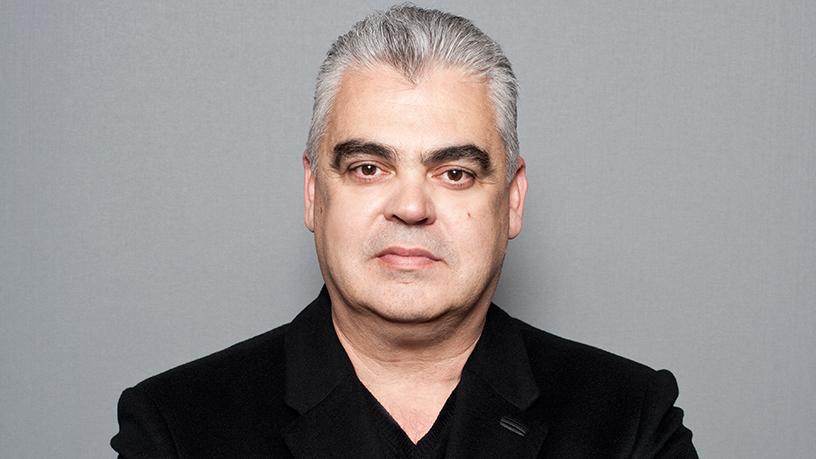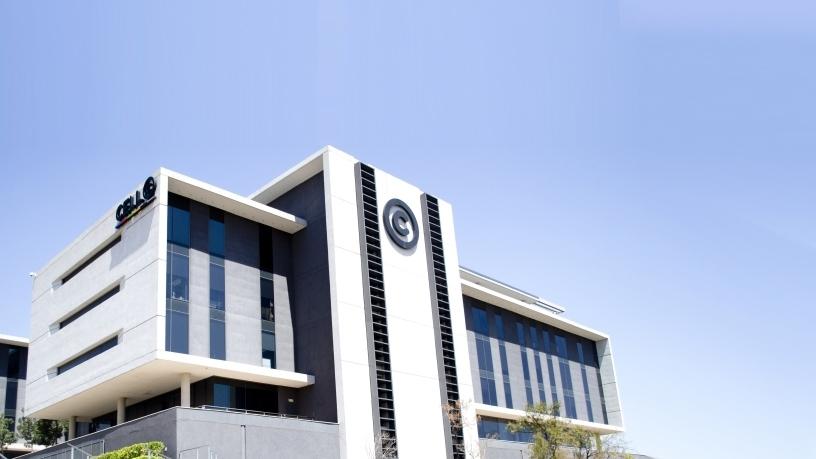
SA's third biggest mobile operator, Cell C, has reported a net loss of R645 million, an improvement of 33% compared to R968 million in the previous year.
The mobile operator today released its interim results for the period ended 30 June, which it says signals "how SA's third largest telecommunications service provider is on track to deliver substantial growth through its strategic initiatives".
"Following the measures put in place as part of our turnaround strategy, we are seeing both a satisfactory financial performance to date and increased value offering for our customers," says Cell C CEO Jose Dos Santos.
"We have focused our efforts on innovation and improving our network coverage and quality as well as customer experience and will continue to build on our strong foundation with revenue projected to perform promisingly."
Recapitalisation deal
In August last year, Blue Label Telecoms completed Cell C's recapitalisation through a R5.5 billion investment as well as a further subscription of shares from Net1 UEPS Technologies for R2 billion.
The recapitalisation reduced Cell C's debt from previous levels of as high as R20 billion to no more than R6 billion.
At the close of the transaction, Blue Label Telecoms held 45% in Cell C. Blue Label will present its annual financial results for the year ended 31 May at its Sandton offices tomorrow.
Cell C says despite difficult economic conditions, it has managed to grow its total active subscriber base by 600 000 customers to 16.3 million, resulting in total revenue increasing to R7.8 billion from R7.4 billion the previous year.
Last month, Vodacom released a trading update for the quarter ended 30 June, stating it added 2.5 million customers, while group service revenue grew 5.2%. In its financial results for the six months ended 30 June, MTN said it had 223.4 million subscribers; active data users stood at 71.2 million; and active MTN Mobile Money customers rose to 24.1 million.
Meanwhile, Cell C's service revenue increased 11%, from R6.2 billion to R6.9 billion. Earnings before interest, taxes, depreciation and amortisation (EBITDA) increased 16% to R2.4 billion, it notes.
The operator says meeting the demands of a data-first consumer has been an important focus for the business.
Data revenue was up 20%, with data traffic up 62% compared to the same period last year, it notes, adding that data revenue now makes up 52% of mobile revenue compared to 46% the previous year, despite the effective price of data per MB decreasing by more than 28% year-on-year.
Cell C's mobile virtual network operator (MVNO) strategy delivered strong growth in the wholesale division, specifically driven by customer data usage which generated the bulk of the revenue growth, the company says.
Wholesale revenue increased by 51%, to R486 million, and MVNO subscribers increased by 31%, from 1.3 million to 1.7 million.
"Our strong performance in service revenue has offset the voice traffic revenue, which declined by 6% for the period. This was expected as consumers continue to switch to alternative voice services, resulting in a 10% decline in voice traffic," says Dos Santos.
Cell C reported a net loss of R645 million, an improvement of 33% compared to R968 million in the previous year. Foreign exchange and financial instrument exposure contributed to the net loss, the company explains.
Build and buy ahead

Operationally, Cell C is on track to improve both its network coverage and quality through a build and buy strategy, it adds.
"Earlier this year, we concluded a far-reaching roaming agreement with MTN to complement our own high quality network. The agreement provides our customers with wider 3G and 4G coverage, as well as automatic and seamless roaming access.
"This means that where a customer is on a call that happens to switch from a Cell C tower to a MTN tower, the call will not be dropped. This agreement allows us to now increase our capital investment during H2 in areas where we've chosen to build coverage and capacity," says Dos Santos.
According to Cell C, the rollout of this multibillion-rand long-term roaming agreement has already begun and areas currently benefiting from this deal include Witbank, Middelburg, Secunda, Ermelo and Standerton.
It points out that the implementation is expected to conclude by November and as a result, 4G access will increase from 33% population coverage to 80%. The company's 2G and 3G population coverage is at 99% and 96% respectively.
The Cell C fibre-to-the-home offering, C-Fibre, has also seen considerable growth for the period, with over 100% in both base and revenue growth, the operator says. New C-Fibre connections increased from 3 733 in the same period to 16 425.
The offering was launched in 2016 with open access fibre network operators and has continued to grow by launching on four new open access networks earlier this year, it notes.
Meanwhile, Cell C says it continues to provide value-based products and services, and disruption in the market, with its entertainment platform, Black. Uptake by customers is growing steadily and the business is pleased with the progress, it says.
"Cell C will continue to focus on providing value-based products and services to the South African consumer and we are continuously looking at strategic partnerships to enhance the value that we offer customers," says Dos Santos.
Share